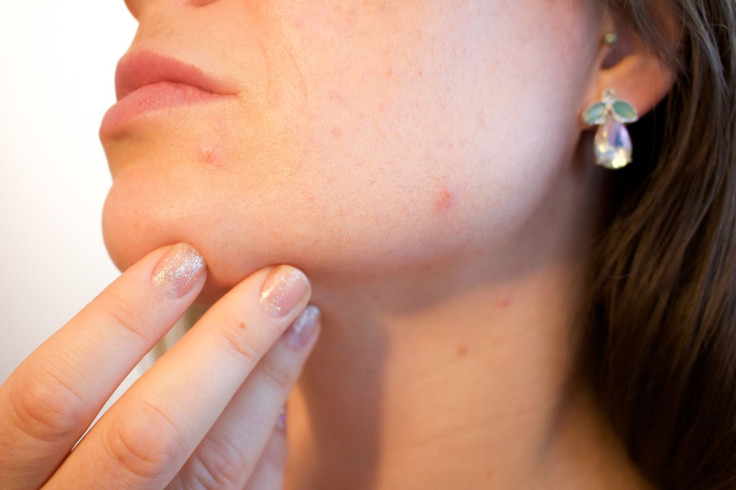Worried About Acne Breakout? Meet 'Maskne' Behind Mask
Acne was already a worrying skin problem for many Americans when the novel coronavirus struck. The personal hygiene measures have inadvertently led to an increase of acne cases in the country.
Dermatologists are faced with more cases of ‘Maskne’ – the skin problems popping up from wearing face masks. Rubbing of facial masks against the skin is one of the main causes of 'Maskne' apart from the added heat and sweat that make the skin more susceptible to bacteria.
Up to 50 million Americans are affected by acne every year. The skin condition can sometimes lead to emotional and psychological issues as well. June is Acne Awareness Month.
Usually, acne is linked to hormonal fluctuations experienced during teenage years, but adults can also suffer from this skin condition.
The key to successful treatment lies in identifying the type of acne a person has. Acne could be both inflammatory or noninflammatory.
Here’s a list of the most common types of acne:
1. Blackheads
These are one of the most common forms of acne which are more common in those with oily skin. They are tiny lesions that often show up on a person’s neck or face that form when the opening of a hair follicle gets clogged or plugged with dead skin and oil. They look like tiny dark or black colored bumps on the skin.
2. Whiteheads
They occur when dead skin cells, oil, and dirt clog skin pores. While blackheads can be pushed out, whiteheads remain closed within the pores and make it challenging to be treated. Products with salicylic acid and topic retinoids can give the best results for this type of acne. Whiteheads look like small bumps protruding from the skin.
3. Papules
This type of acne occurs when the walls surrounding skin pores break down from severe inflammation. They are hard, clogged pores that are tender to the touch. They develop from excess oil and dead skin cells that clog the pores. Papules look like tiny, raised bumps on the skin.
4. Pustules
They are usually filled with pus and occurs when the pore cavity gets infected. Pustules can be hard and painful to touch. They look like tiny bumps that are white or red. They are usually white at the center and the skin surrounding the bump would be inflamed and red.
5. Cysts
They occur when skin pores get clogged by bacteria, oil, and dead skin cells. The clogs get deep within the skin and below the surface. This is a painful form of acne which looks like large red or white bumps. Cysts are the largest form of acne and are a result of severe infections that are also most likely to cause scars.
6. Nodules
When clogged, swollen pores endure further irritation, they grow larger and become nodules. Unlike papules and pustules, this type of acne occurs deeper underneath the skin. They get so deep within the skin that they need prescription medications to be treated. Dermatologists usually prescribe oral isotretinoin which helps reduce oil gland size within the pores.

© Copyright IBTimes 2024. All rights reserved.






















